While all birds fly, some have evolved exceptional aerial abilities that go far beyond simple transportation. These avian acrobats perform stunning feats of mid-air precision, engaging in complex maneuvers that seem to defy physics. From rapid dives to intricate courtship displays, the most acrobatic birds in the world demonstrate the extraordinary evolutionary adaptations that allow for mastery of the skies. Their aerial performances not only serve vital ecological and reproductive functions but also captivate human observers with their beauty and complexity. This exploration of nature’s finest aerial performers reveals the remarkable diversity of flight adaptations across the bird world.
The Swift: Nature’s Perpetual Flyer
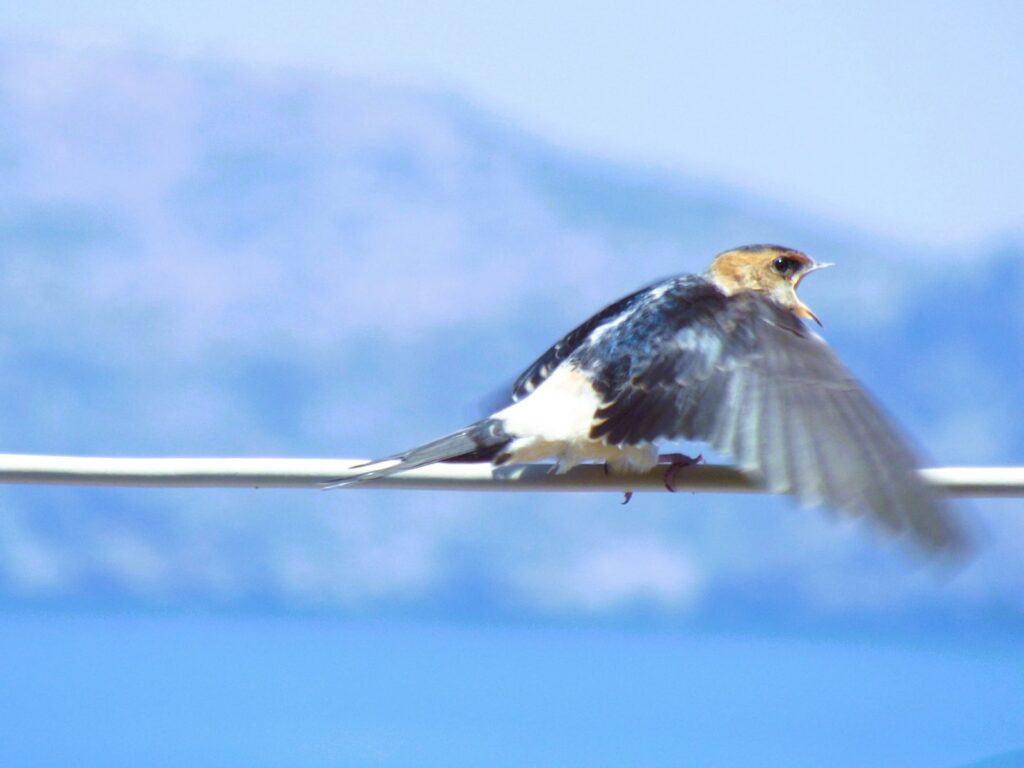
Swifts represent perhaps the ultimate aerial specialists, with some species capable of remaining airborne for up to ten months without landing. The Common Swift (Apus apus) eats, drinks, sleeps, and even mates entirely on the wing, only landing to nest. Their crescent-shaped wings and streamlined bodies allow them to reach speeds exceeding 70 mph, making them among the fastest birds in level flight. Swifts have such specialized aerial adaptations that their legs have become extremely small, making them awkward on the ground but supremely efficient in the air. Their extraordinary endurance flight is supported by unique physiological adaptations that allow them to enter a state of hemispheric sleep, where one half of their brain rests while the other remains alert for navigation.
The Peregrine Falcon’s Death Dive
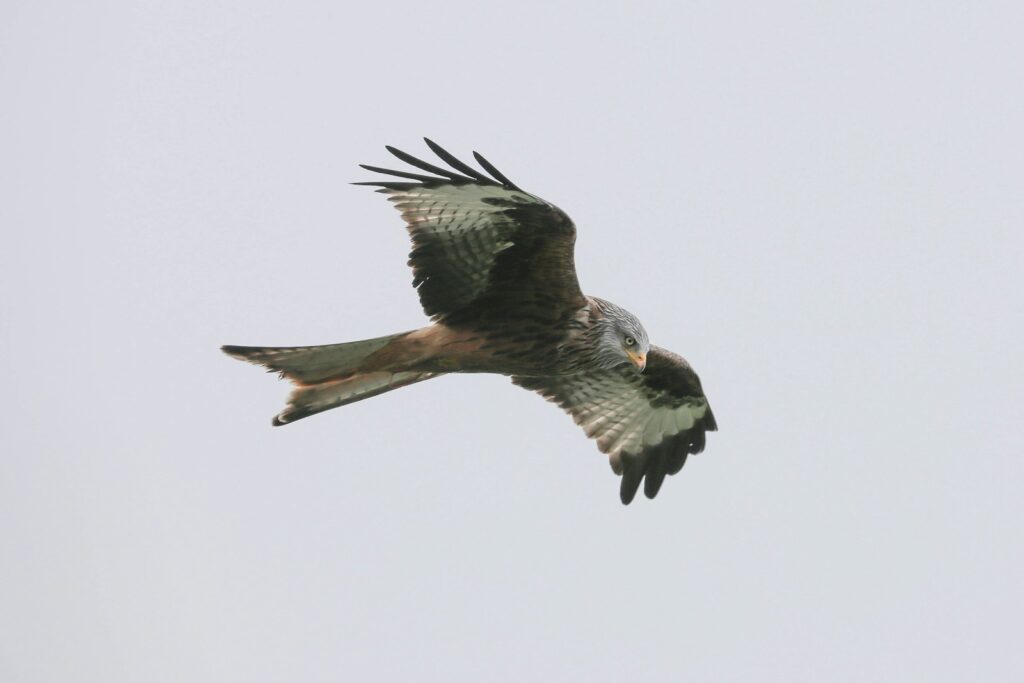
No discussion of aerial prowess would be complete without the Peregrine Falcon (Falco peregrinus), holder of the title for fastest animal on Earth. When hunting, these raptors climb to heights of up to 3,000 feet before folding their wings and entering a dive called a “stoop.” During this spectacular hunting maneuver, they can reach speeds of over 240 mph, striking prey with such force that the impact alone can be fatal. Peregrines possess special baffles in their nostrils that prevent damage from the extreme air pressure during these dives. Their remarkable vision allows them to spot prey from great distances, while their neural processing speed is so rapid that they can track fast-moving targets with extraordinary precision. The aerodynamic adaptations of the Peregrine represent one of evolution’s most impressive refinements of flight capabilities.
Ravens: The Aerial Tricksters
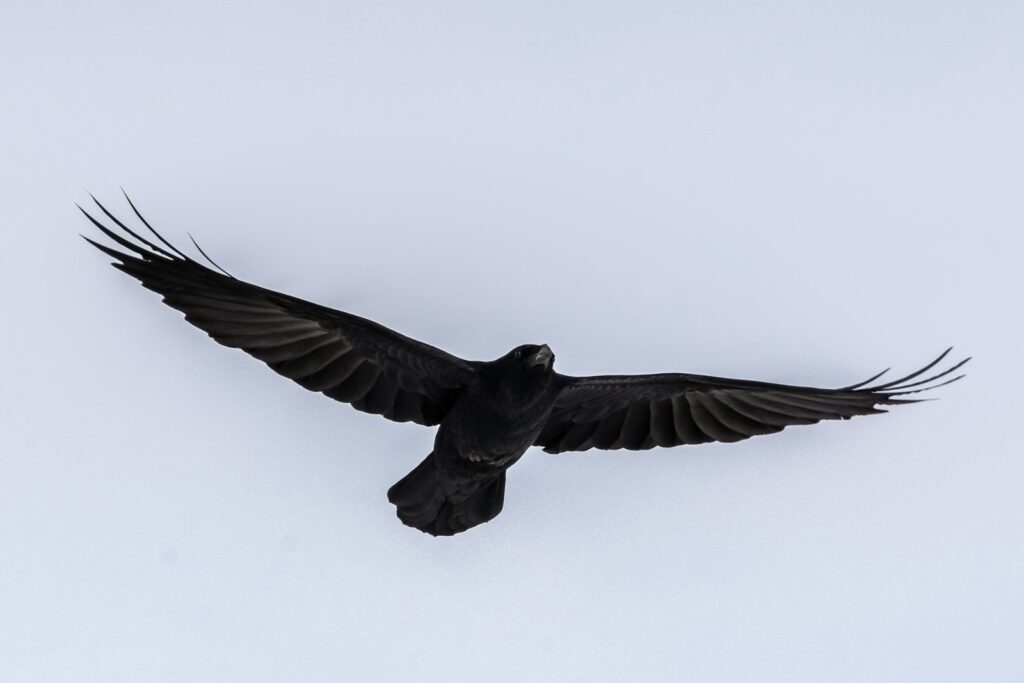
Common Ravens (Corvus corax) demonstrate that intelligence and aerial agility can combine to create remarkable flight performances. These large corvids regularly engage in acrobatic flight patterns that appear to serve no purpose other than play, including mid-air rolls, somersaults, and intentional falling with last-second recoveries. Young ravens have been observed picking up sticks, flying high, dropping them, and then diving to catch them before they hit the ground – a behavior that develops both coordination and spatial awareness. During courtship, paired ravens perform synchronized flight, with precise rolling and soaring maneuvers that showcase their connection. Their impressive brain-to-body ratio supports the complex neural processing required for these aerial demonstrations, proving that avian acrobatics isn’t limited to small, lightweight species.
Hummingbirds: Masters of Precision Flight
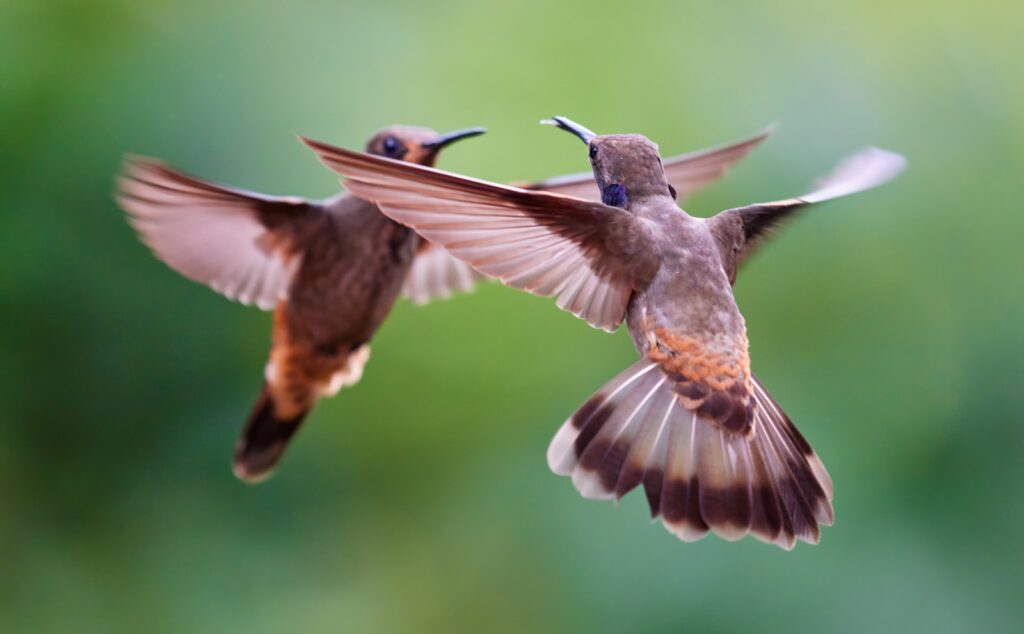
Hummingbirds represent nature’s most versatile flyers, capable of hovering perfectly still, flying backward, upside down, and even upside down backward. The Ruby-throated Hummingbird (Archilochus colubris) beats its wings up to 80 times per second, creating the characteristic humming sound that gives the family its name. Their unique shoulder joint rotation allows their wings to move in a figure-eight pattern, generating lift on both forward and backward strokes, unlike any other bird. Hummingbirds’ extraordinary metabolic rate supports this energy-intensive flight style, requiring them to consume more than their body weight in nectar daily. Their aerial precision is so refined that they can maintain position within millimeters while feeding from swaying flowers in gusting winds.
The Manakin’s Courtship Flights
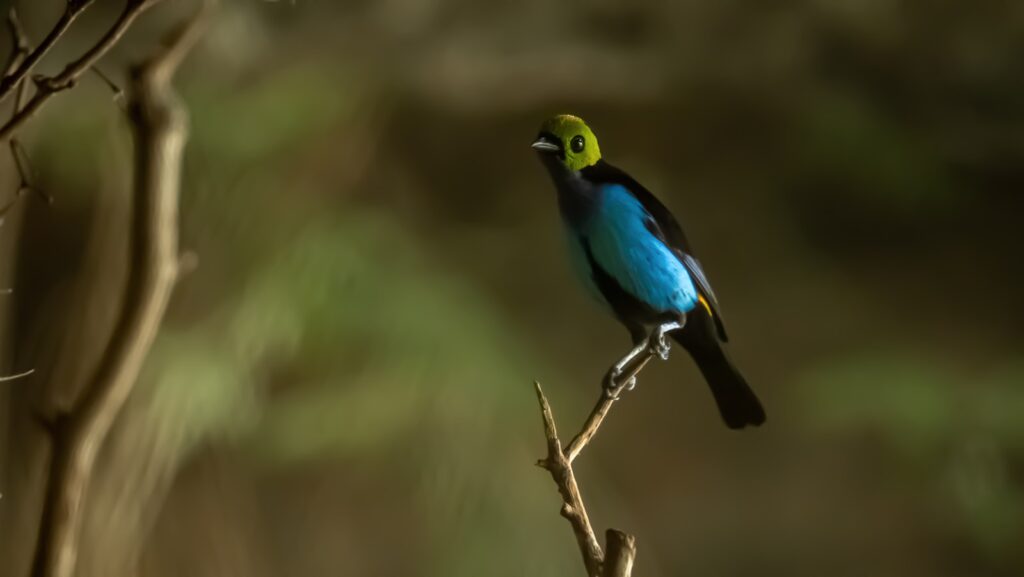
Male manakins, particularly species like the Red-capped Manakin (Ceratopipra mentalis), perform perhaps the most intricate courtship flights in the bird world. These small neotropical birds engage in elaborate displays involving rapid back-and-forth flights between perches so fast they create buzzing and snapping sounds with modified wing feathers. The Golden-collared Manakin can produce wing-snap sounds louder than a firecracker by forcing air through specialized feathers. The most remarkable aspect of these displays is the “moonwalk” maneuver, where males slide backward along branches without moving their feet, followed by vertical leaps and precise aerial returns to the same perch. These displays require years of practice to perfect, with juvenile males observing and gradually developing the coordination needed for these genetic-fitness advertisements.
Frigatebirds: The Oceanic Soarers
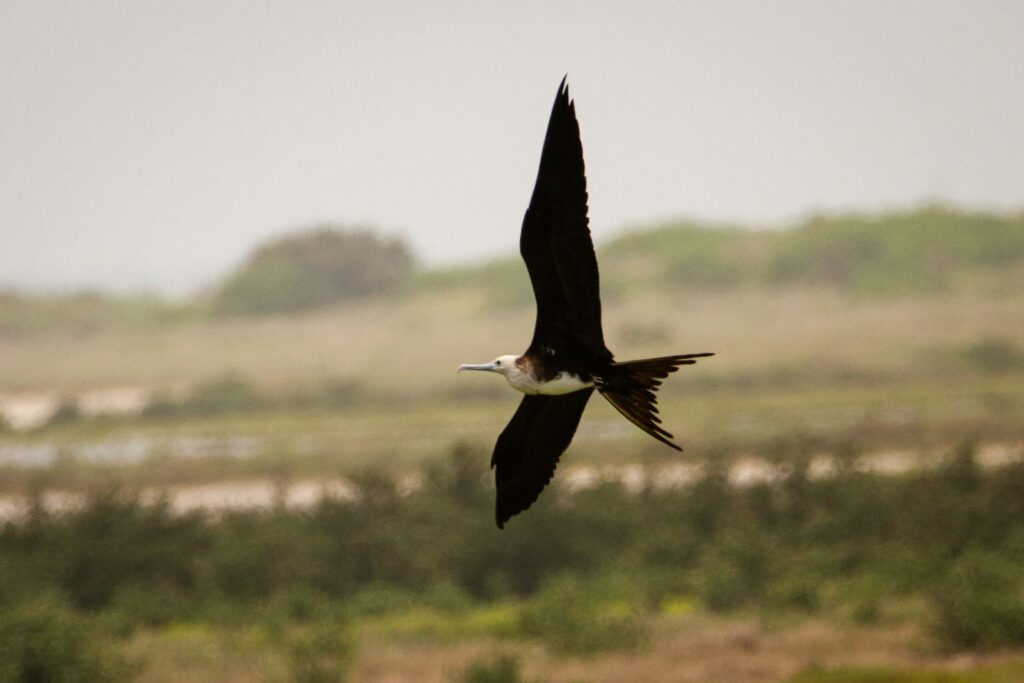
Frigatebirds demonstrate exceptional aerial endurance, with recent tracking studies showing that Great Frigatebirds (Fregata minor) can stay aloft for up to two months without landing. These seabirds have the largest wing-area-to-body-weight ratio of any bird, allowing them to ride thermal currents with minimal energy expenditure. Their distinctive forked tails provide precise steering control during complex aerial maneuvers, particularly when engaging in kleptoparasitism – the practice of harassing other seabirds until they regurgitate their catch. During breeding season, male frigatebirds inflate their scarlet throat pouches into massive balloons while performing elaborate flight displays, rising and falling in the air currents while vibrating their outstretched wings. Their aerial specialization comes at a cost – their legs are so short and their wings so long that they cannot take off from a flat surface if grounded.
The Aerial Hunting Techniques of Nighthawks
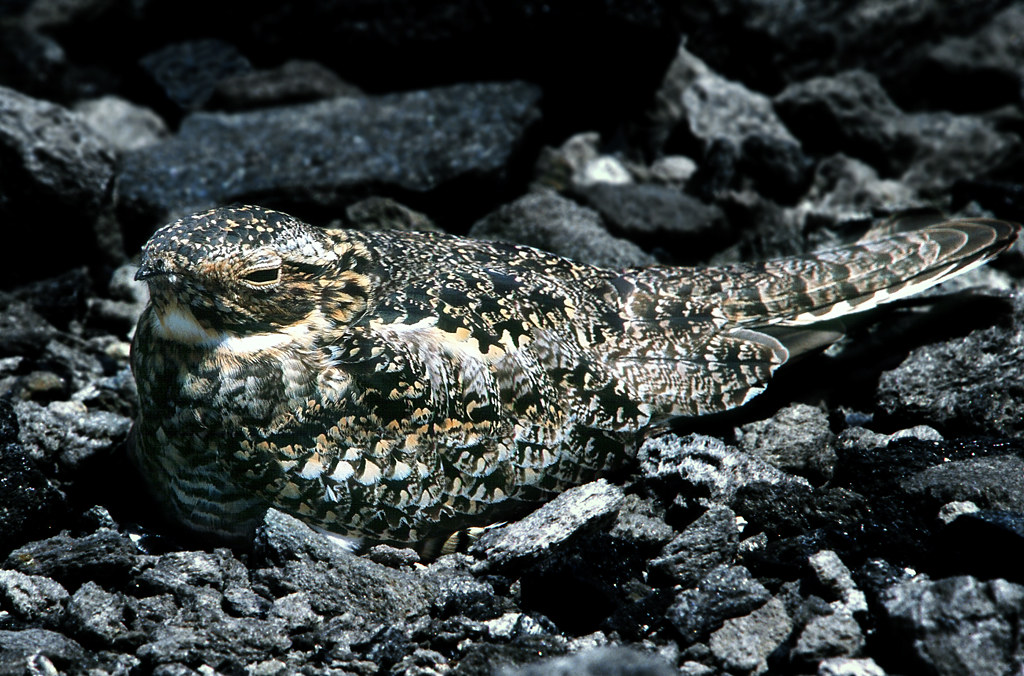
Common Nighthawks (Chordeiles minor) showcase exceptional aerial agility through their crepuscular feeding strategy, capturing flying insects on the wing during dawn and dusk. Their wide mouths and specialized bristles around their beaks act as effective insect-catching nets as they perform rapid directional changes to intercept prey in mid-air. During breeding season, male nighthawks execute dramatic courtship dives that end with a distinctive booming sound created when air rushes through their wing feathers. These acoustically modified feathers represent specialized adaptations for aerial display rather than efficiency. Nighthawks’ mottled plumage provides perfect camouflage when perched during daylight hours, but transforms into an effective hunting silhouette against the twilight sky when engaged in their acrobatic feeding flights.
Snow Geese Mass Aerial Coordination
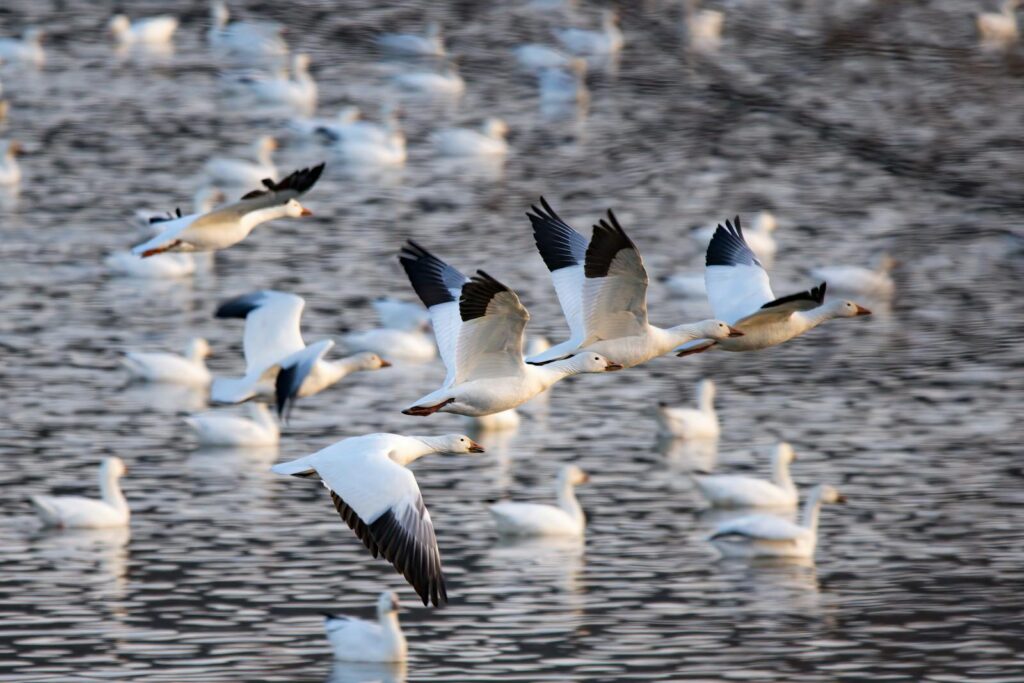
While individual Snow Geese (Chen caerulescens) may not match the aerial agility of smaller birds, their collective aerial coordination during migration creates one of nature’s most impressive flight displays. During fall migration, flocks numbering hundreds of thousands execute synchronized directional changes that ripple through the group with perfect timing. This coordinated flight depends on each bird monitoring seven neighbors simultaneously, creating emergent flock behaviors that allow for rapid predator evasion. Their V-formation flying reduces energy expenditure by up to 70% for following birds, who ride the updraft created by the wingtip vortices of birds ahead. The communication system that allows thousands of individuals to move as a synchronized aerial unit represents one of the most sophisticated group coordination behaviors in the animal kingdom.
The Aerial Defense Tactics of Northern Mockingbirds

Northern Mockingbirds (Mimus polyglottos) employ remarkably aggressive aerial defense tactics to protect their territories from much larger birds of prey. When a hawk or crow enters their territory, mockingbirds perform a maneuver called “diving” or “mobbing,” where they repeatedly swoop down on the intruder’s back, sometimes making physical contact. These medium-sized songbirds demonstrate surprising acceleration and directional control, executing tight turns that allow them to approach predators from blind spots in their vision. During the nesting season, mockingbirds become even more aggressive, sometimes coordinating attacks where pairs work together in synchronized aerial assault patterns. Their ability to outmaneuver birds several times their size demonstrates how agility can compensate for size disadvantages in aerial confrontations.
Barn Swallows: The Aerial Insect Hunters

Barn Swallows (Hirundo rustica) showcase extraordinary agility through their feeding behavior, catching tiny insects on the wing while performing split-second directional changes. Their deeply forked tails function as precision rudders, allowing for instantaneous course alterations that often appear as erratic zigzag patterns when tracking insect swarms. Swallows can process visual information at speeds far exceeding human capabilities, enabling them to spot and intercept flying insects while maintaining speeds of 30-40 mph. Their body structure represents a perfect adaptation for aerial hunting: long, pointed wings provide swift acceleration while their wide gape allows them to scoop insects from the air without slowing down. Observations have documented Barn Swallows catching over 400 insects per hour during peak feeding times, demonstrating the extraordinary efficiency of their aerial hunting techniques.
The Incredible Sky Dancing of Woodcocks
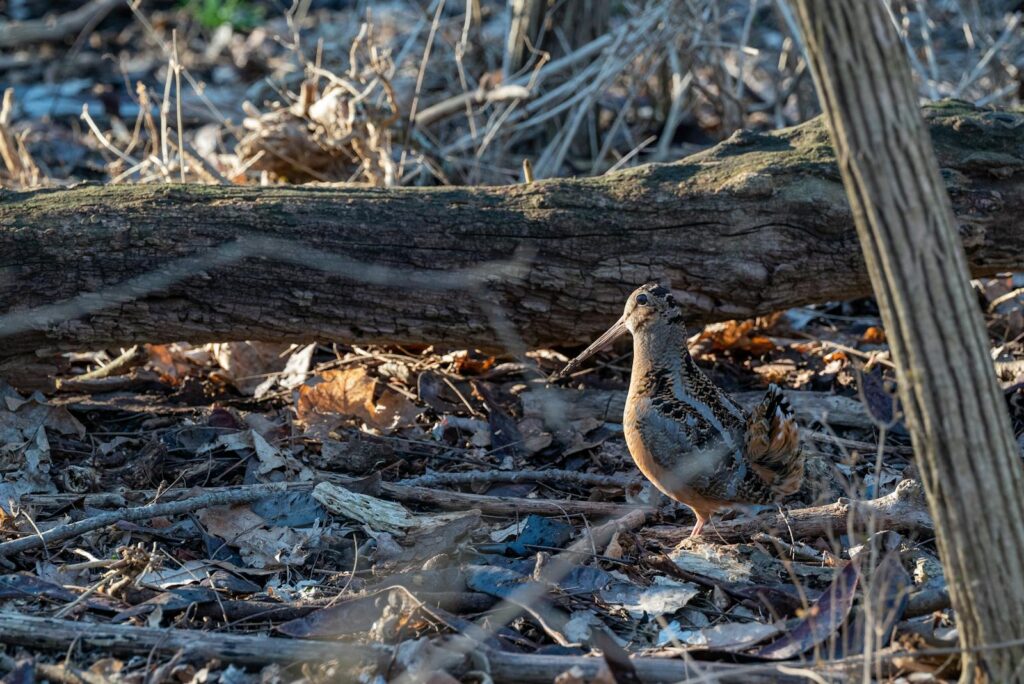
The American Woodcock (Scolopax minor) performs one of the most unusual aerial displays in the bird world, transforming from a ground-dwelling shorebird to an impressive aerial acrobat during breeding season. Male woodcocks begin their “sky dance” from the ground, launching into spiral flights that can reach heights of 300 feet while producing distinctive twittering sounds through specialized wing feathers. At the apex of this flight, they enter a zigzagging descent with their stubby wings and splayed tail feathers creating aerodynamic vibrations that produce a liquid, warbling sound. This display creates multiple sensory signals – visual movement patterns, mechanical sounds from wings, and vocal calls – that combine into a complex courtship performance. The contrast between their ground-based feeding behavior and elaborate aerial courtship demonstrates the power of sexual selection in developing flight capabilities beyond survival requirements.
California Condors: Masters of Thermal Soaring
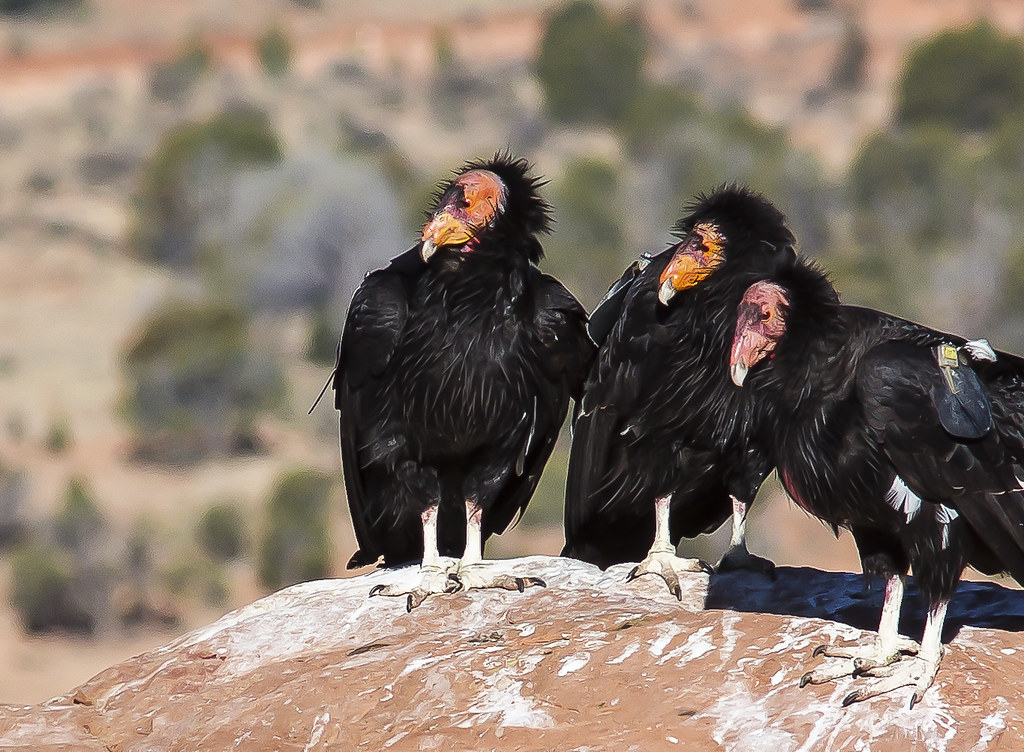
Despite their massive size and weight, California Condors (Gymnogyps californianus) demonstrate remarkable aerial efficiency through their mastery of thermal soaring. With the largest wingspan of any North American bird (9.5 feet), condors can stay aloft for hours without a single wing flap, riding rising columns of warm air to heights exceeding 15,000 feet. Their specialized wing shape creates a slotted wingtip effect when the primary feathers spread, reducing drag and allowing for enhanced maneuverability despite their 20+ pound weight. Condors utilize different flight techniques based on atmospheric conditions, employing slope soaring along hillsides during morning hours before transitioning to thermal soaring as the day warms. Their flight efficiency is so remarkable that tracking studies have documented condors covering over 160 miles in a single day while rarely flapping their wings, demonstrating an energy conservation strategy that represents the ultimate optimization of soaring flight.
Conclusion
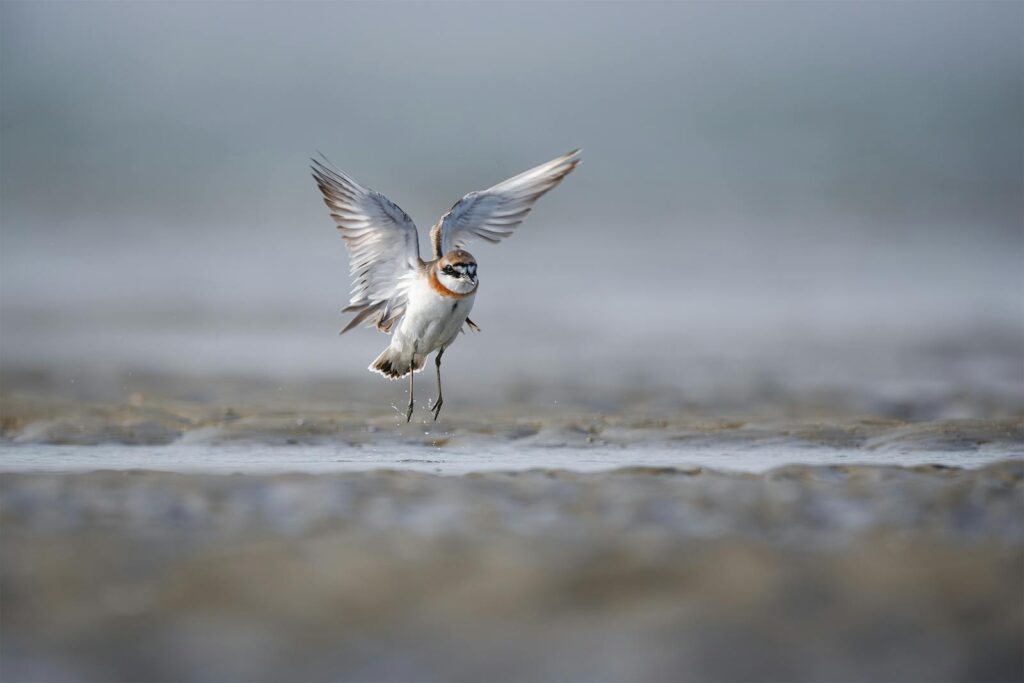
The extraordinary diversity of flight adaptations across bird species demonstrates the remarkable possibilities that emerge when evolution shapes bodies for aerial performance. From the perpetual flight of swifts to the precision hovering of hummingbirds, from the stooping dive of peregrine falcons to the communal aerial ballets of snow geese, avian aerial acrobats have developed specialized adaptations that allow them to master their aerial niche. These adaptations serve crucial survival and reproductive functions while creating some of nature’s most spectacular displays. As we face increasing habitat challenges for birds worldwide, preserving the environments that support these aerial specialists ensures future generations can continue to witness these remarkable demonstrations of evolutionary perfection in flight.
